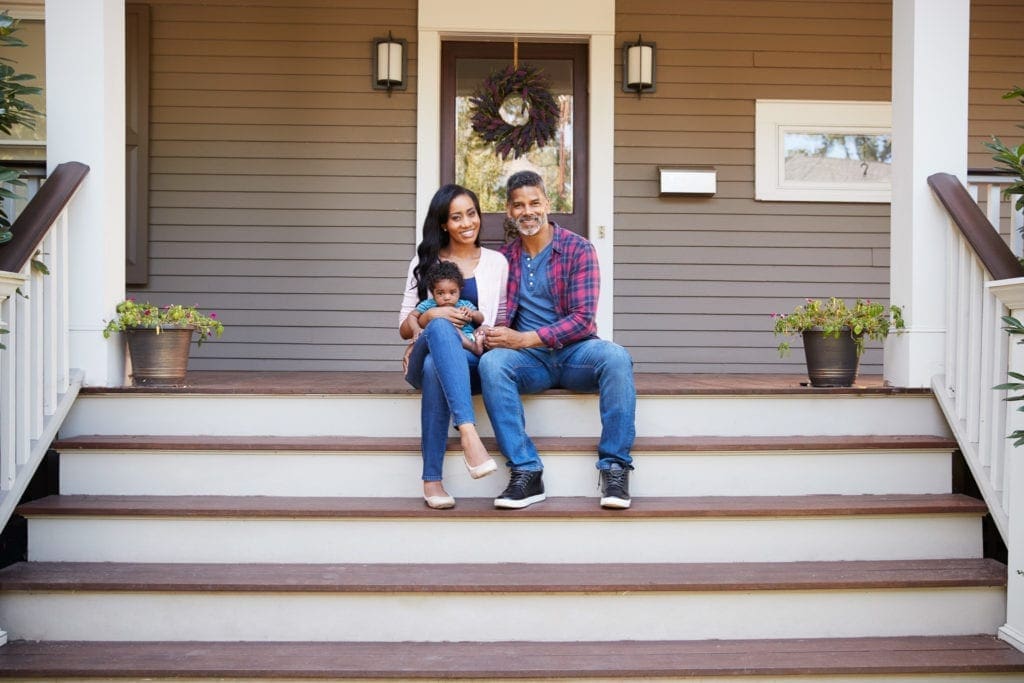Thinking about an urban-to-suburban move? Here are the pluses and minuses.

If 2020 has taught us anything, it’s that everything can change. So, where many city-dwellers might have never considered a move to suburbia, suddenly numbers are showing that they are. Studies reveal that Canadians are moving from big cities like Toronto and Montreal in record numbers. In fact, 80% of Canadians near large cities are now living in the suburbs. If you’re considering a home move, consider the pluses and minuses of things like the amount of space you want, your commute and what kind of lifestyle you would like.
1. Your dollar buys more space outside the city
Everybody knows that an urban condo can cost more than a sprawling detached home in the suburbs. Whether this is a plus or minus depends on where your priorities lie. Venture into suburbia and you can move to a home with a yard. Just remember, you’ll have to mow that yard (and shovel your front walk). If that’s a big minus for you, urban living may be more your style.

2. Space is now about more than square footage.
People now want more than square footage. They’re wanting physical space – on crowded sidewalks, in elevators, in amenity spaces. Not only that, many urban dwellers have been paying for shared amenity spaces they haven’t used and may not want to use going forward. For many, that’s a minus.
3. Urban is where the buzz is. Or is it?
Beautiful historic buildings, museums, top restaurants and stores and entertainment venues tend to be in urban centres. That said, close access to these and high walk scores may not be everyone’s cup of tea. There are many who actually prefer to move away from the chaos of the city. Suburbs today are starting to respond to the influx with better restaurants, shopping and entertainment of their own.

4.Commuting has become less of a stumbling block.
The pandemic has proven that working from home can actually work. Once the world returns to a new normal, many people will likely continue working from home. So, where commuting from the suburbs was once a minus, it no longer may be. Conversely, while the convenience of downtown living near transit used to be a big plus, suddenly it’s become a minus and many are avoiding it when possible.

5.When it comes to lifestyle, urban and suburban are pretty much the same.
Studies show that there is very little difference in how urbanites and suburbanites spend their leisure time. Both groups spend the same amount of time doing the same types of activities. Clearly, suburbia has stepped up with sports facilities, and urban centres have made access to green space and nature more available. Pluses for both sides!


6. Suburban and urban living are both destined to change.
The 15-minute city is becoming more prevalent, putting everything suburbanites need within a 15-minute walk or bike ride. That’s a definite plus. At the same time, urban living will also evolve. Experts predict separate per-suite delivery sheds, larger balconies and terraces for more outdoor living and flex rooms for class and work. A definite plus for urban living.
At the end of the day, where you move all comes down to considering your needs. When the pluses of your moving decision outweigh the minuses, you’ll know you’ve found home. Whether you decide to move downtown or out to the suburbs, AMJ Campbell can get you there on time and on budget.
.




